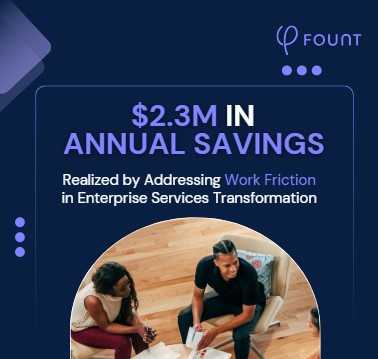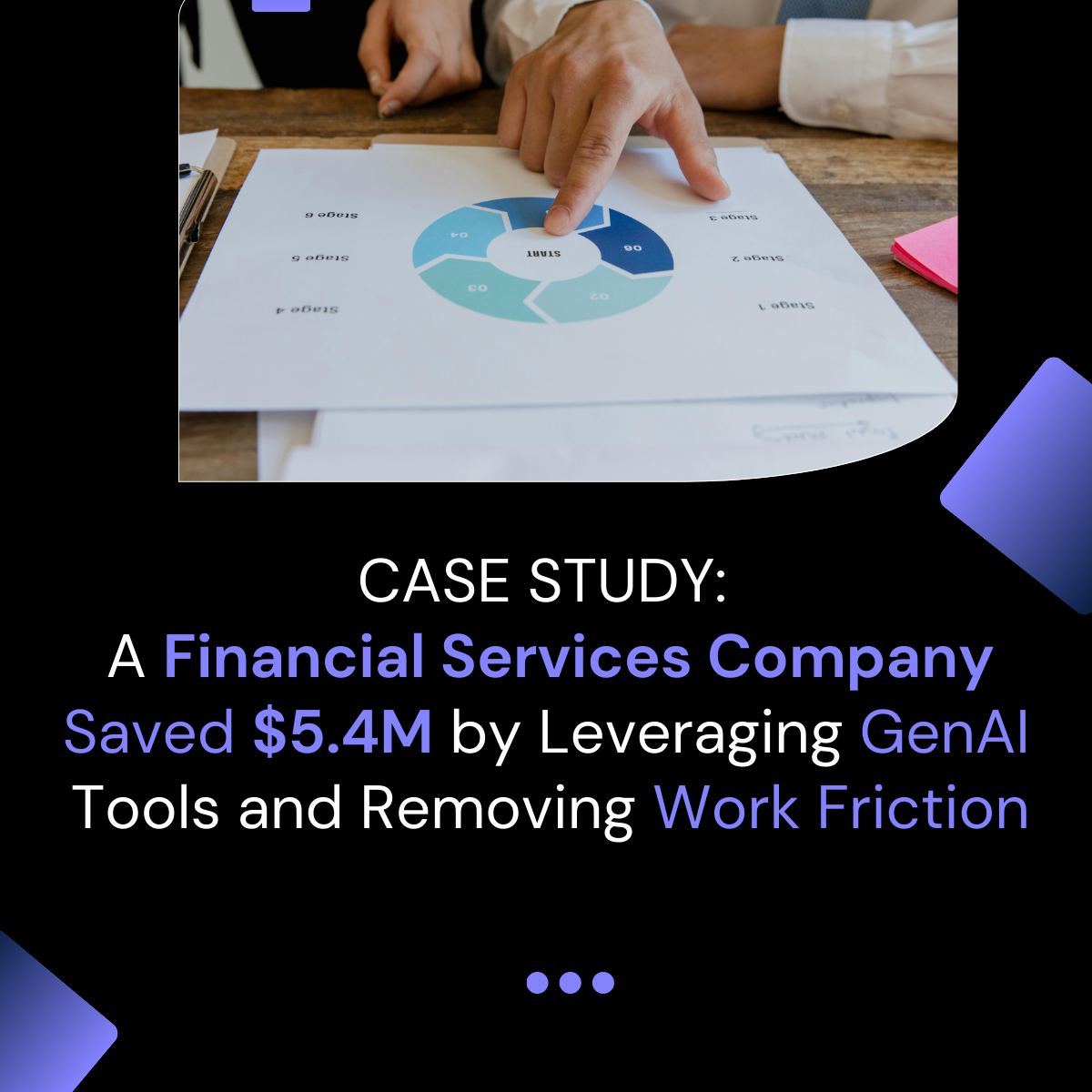How to Keep Up with the Latest AI Developments
AI success isn’t about chasing the latest tools- it’s about solving problems. This article explains why leaders should start with work friction data to uncover where AI can actually help employees and drive ROI.
KEY TAKEAWAYS
- Finding the right tool isn’t the most important part of an AI investment; instead, find the problem you need AI to solve.
- AI is a user-driven digital transformation, which is why an AI tool has to solve a specific problem for employees to be successful.
- Detailed work friction analysis gets to the heart of employee pain points to show you exactly where an AI tool might be most effective.
Everyone is talking about it. Your competitors are doing it. Your board is asking about it. AI is everywhere – and your organization needs it. That’s a lot of pressure. And it’s little wonder that 60 percent of leaders worry their organization lacks a plan and vision to implement AI.
That’s why part of the stress you’re feeling when it comes to AI is likely based on confusion. In this fast-moving, high-stakes environment, how can you possibly keep up with the latest and greatest AI developments? And how can you be sure which AI tool will work for your organization?
Here’s the good news: you don’t really have to. Finding the right tool isn’t the most important part of an AI investment. It’s finding business problems that AI can solve. In this post, we’ll show you how getting to the bottom of that question will make your AI journey far less overwhelming – and far more successful.
Choose the Right AI Starting Point
Keeping up with the constant flow of new AI tools is a stressful, full-time job. It’s also something that most leaders don’t have time for. And even if you manage to stay on top of the latest developments, picking an AI tool and hoping it will increase productivity in your organization is like backing into your investment.
Why? Because AI is a user-driven digital transformation, meaning a traditional top-down approach won’t work. In other words, you can’t just roll out a new AI tool and expect employees to do their work better or faster. If the tool doesn’t solve a specific problem for them, employees won’t adopt it and your investment will fail.
Instead, start from a business problem. Find a process in your organization that isn’t working and determine how AI can help. This way you’ll be trying to solve an actual problem, rather than just finding a way to use AI. In doing so, you’ll be much more likely to win both employee adoption and positive ROI.
Define the User Experience to Understand How AI Can Help
The place to look for those problems is within your employees’ day-to-day work. Again, employees will only adopt an AI tool if they can clearly see how it helps reduce their day-to-day pain points. Without knowing these work friction areas, you’ll never know where AI can make a difference.
For example, one recent client embarked on a major enterprise services transformation to try and reduce operational costs and enhance the employee experience. To do so, the company invested in a number of innovative technologies, including AI chatbots. But the AI was focused only on a high-level outcome – it wasn’t aimed at a defined employee problem.
Processes that seemed straightforward on paper were far more complex in real life, and gaps in resources or misaligned systems left employees to solve problems on their own. As a result, employees grew increasingly frustrated and adoption rates for the new tool were low. That meant the AI experiment wasn’t having its hoped-for impact on operational costs.
Use Work Friction Data to Evaluate AI Tools
The purpose of AI is to increase productivity by smoothing out problem areas, removing obstacles, and accelerating work. That’s why every AI investment should start with an understanding of where work friction exists in your organization. Detailed work friction analysis gets to the heart of employee pain points to show you exactly where an AI tool might be most effective.
In the example above, work friction data helped show exactly where employees were running into issues. These areas included problems related to using the HR chatbot to request parental leave and dissatisfaction with internal career mobility, which the platform was supposed to improve.
With this more detailed information in hand, the company was able to adjust its AI deployment to specifically address these problem areas. As a result, users saw the value of the retooled AI and adopted it, and a streamlined workflow led to $2.3 million in annual operational savings.
To Get AI Right, Start With a Business Problem
The pace of AI can be overwhelming. Trying to keep up with every new development is impossible. It’s also not how you’re going to find an AI tool that works for your organization.
A better approach is to use work friction data to uncover your employees’ needs and pain points. Then you can base your AI investment on finding a tool that will solve those problems. That’s how to move from problem → AI solution → positive ROI.
We can help you succeed with AI by not trying to keep up with AI. Book a demo to see how.
Related Resources
See all News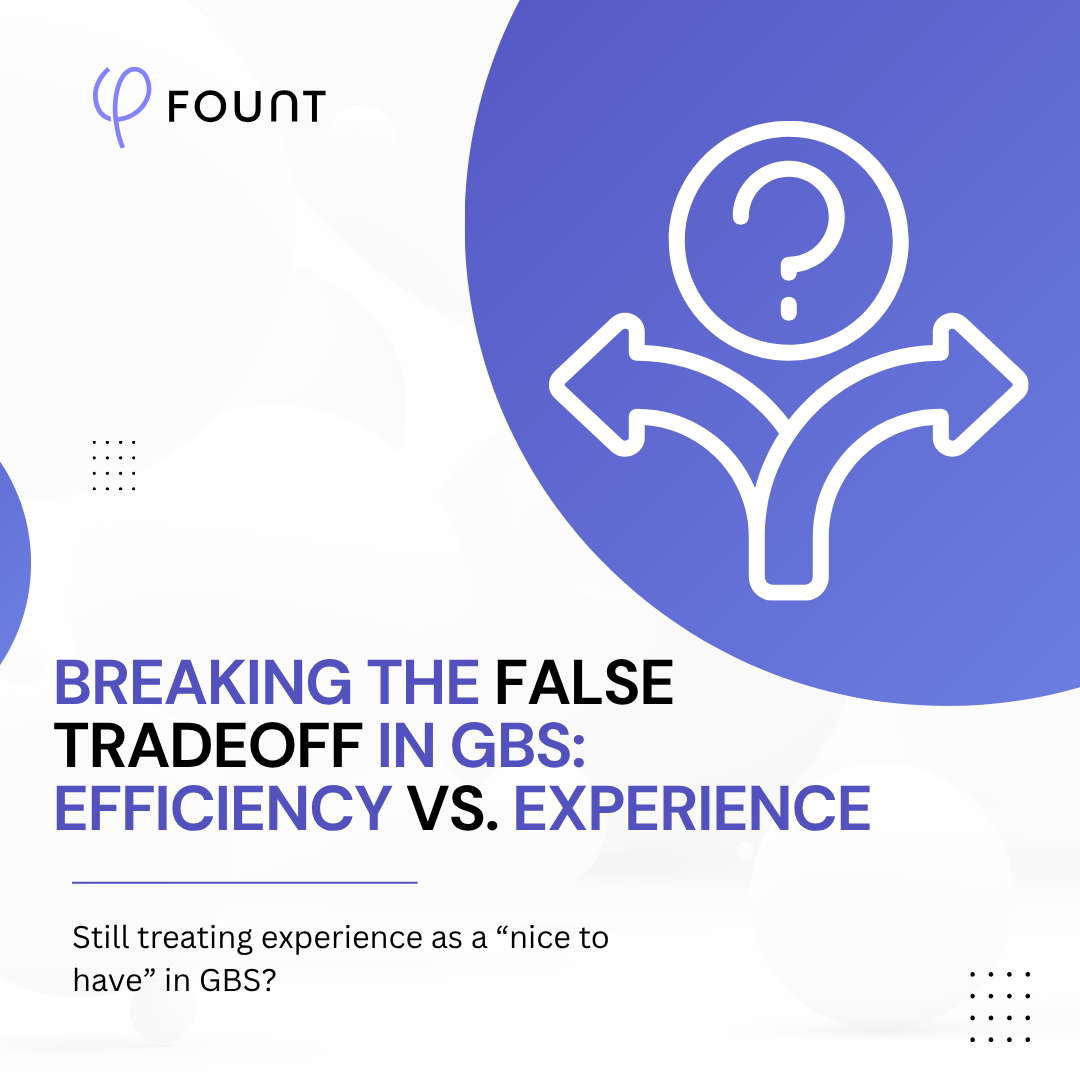
Insights
Breaking the False Tradeoff in GBS: Efficiency vs. Experience

Events
LIVE Webinar – July 9th for SSON Network. Beyond AI Hype: How to De-Risk Your GBS Transformation with Friction Data
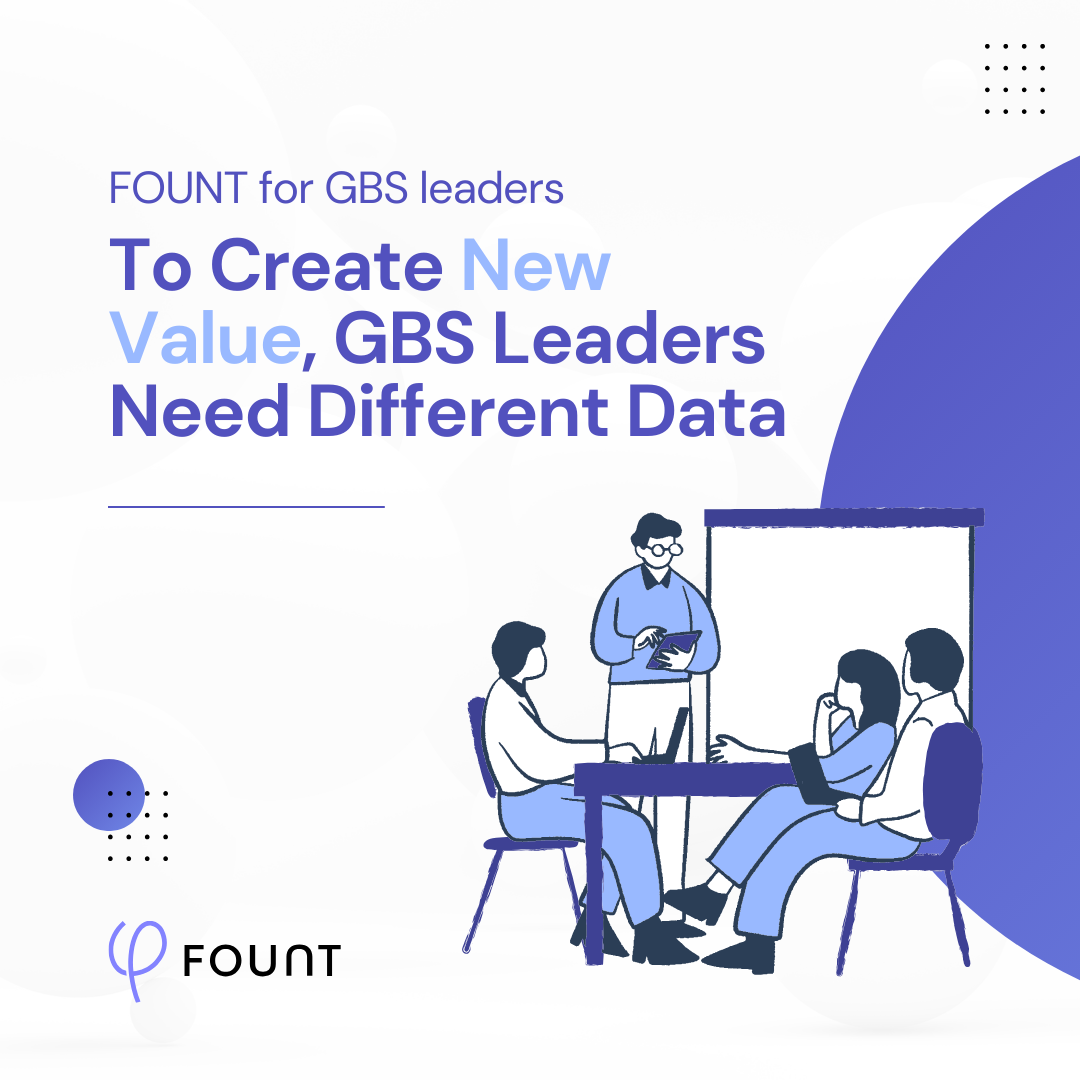
Insights
To Create New Value, GBS Leaders Need Different Data
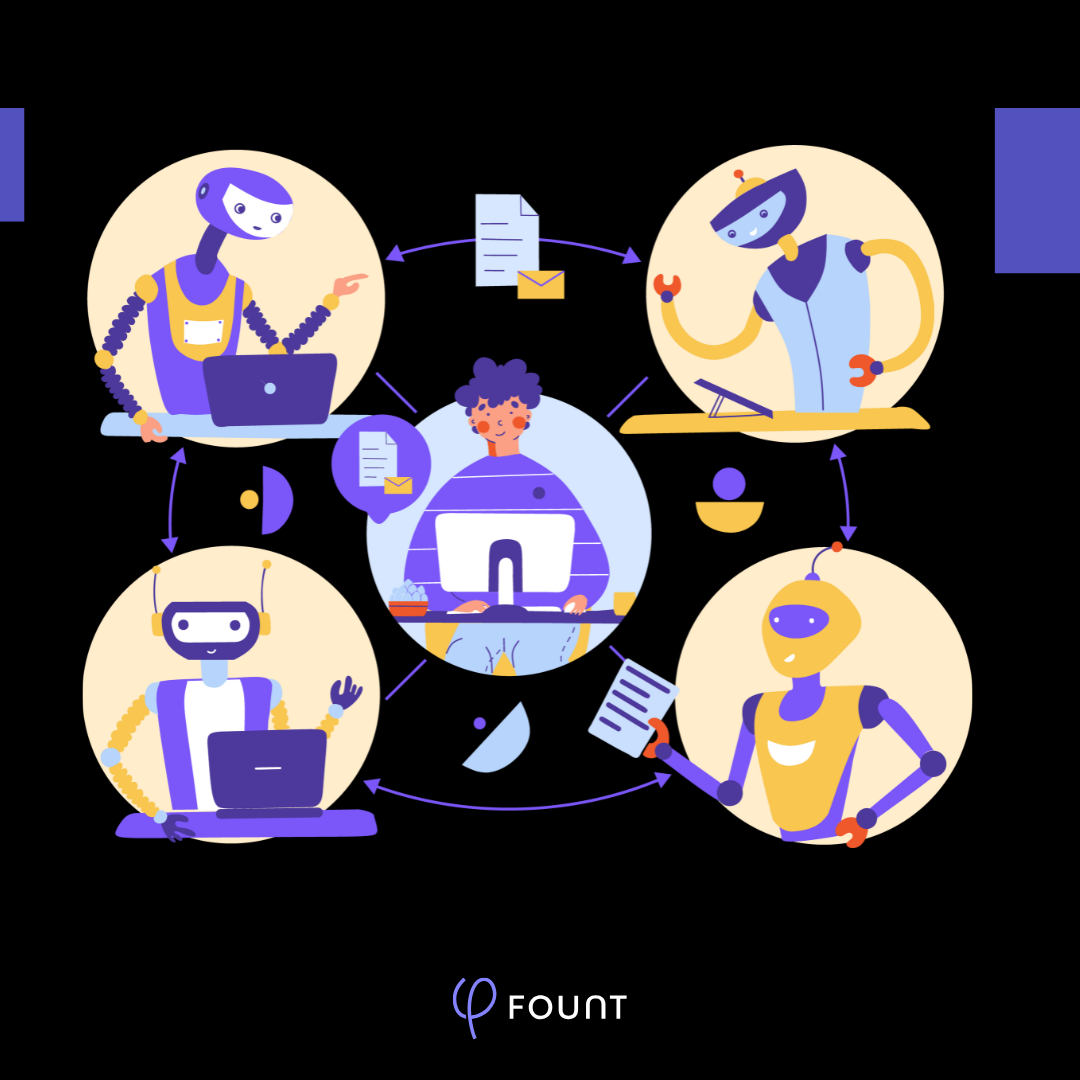
Insights
How to Keep Up with the Latest AI Developments
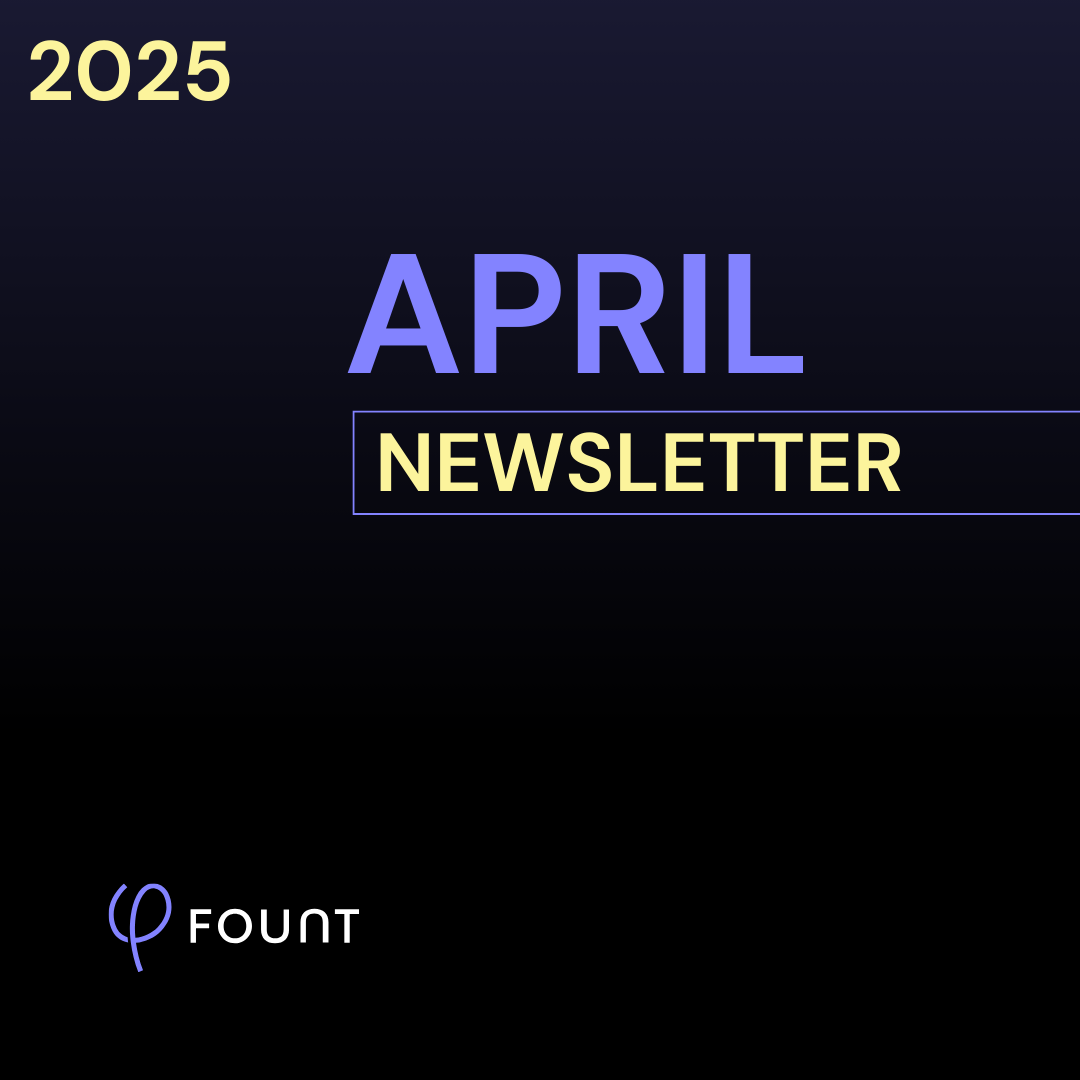
Insights
APRIL Newsletter. Friction: You Can’t Improve What You Can’t See

Guest Post
AI is Reshaping the HR Operating Model: Here’s What 15 Leading Companies Discovered
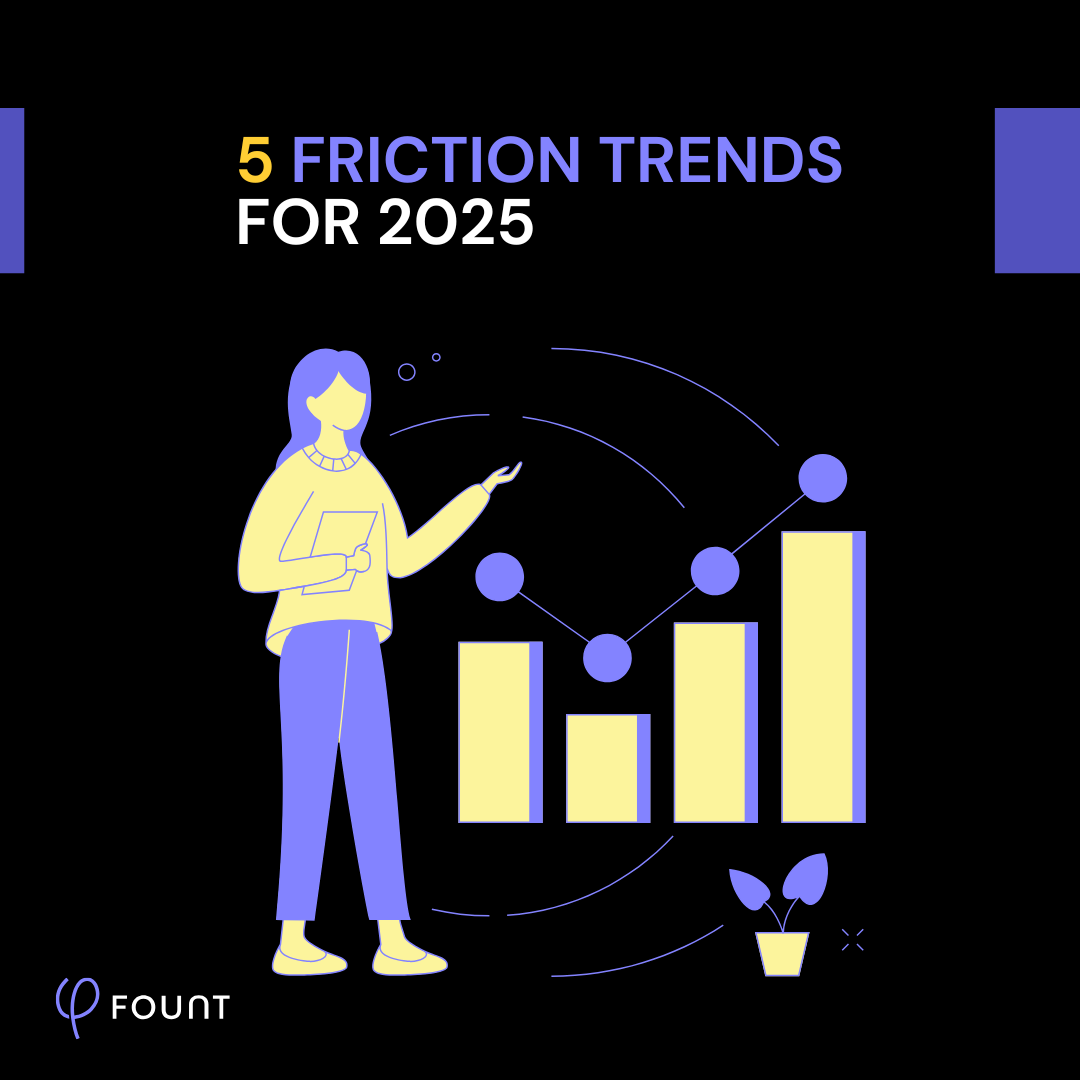
Insights
5 Friction Trends for 2025
Research
WHITEPAPER: Work Friction
